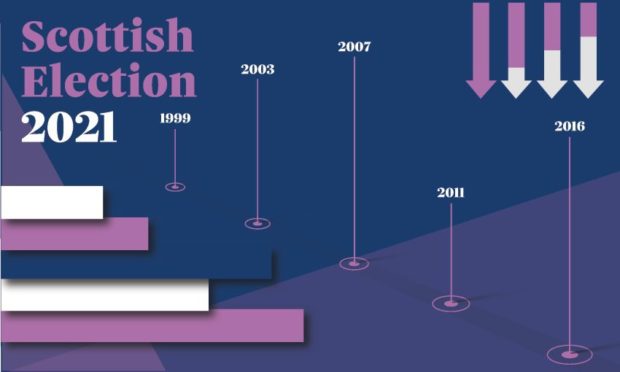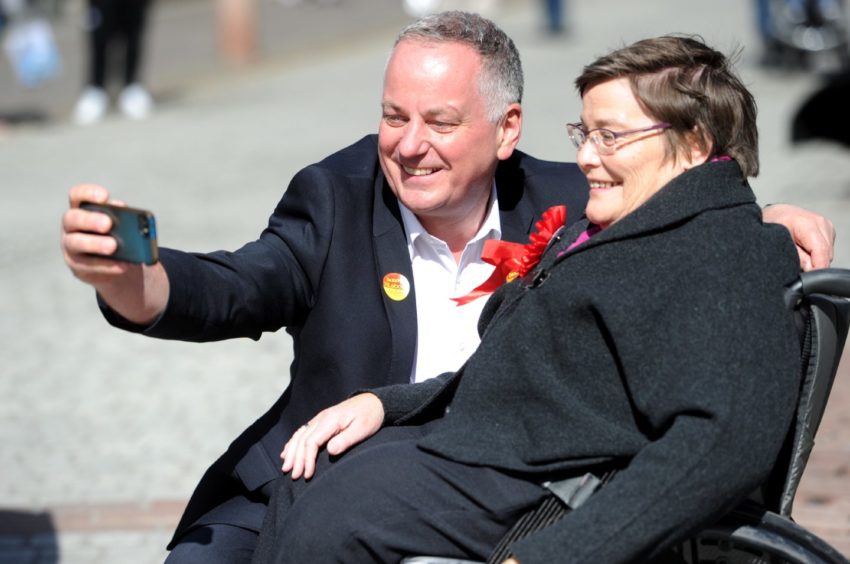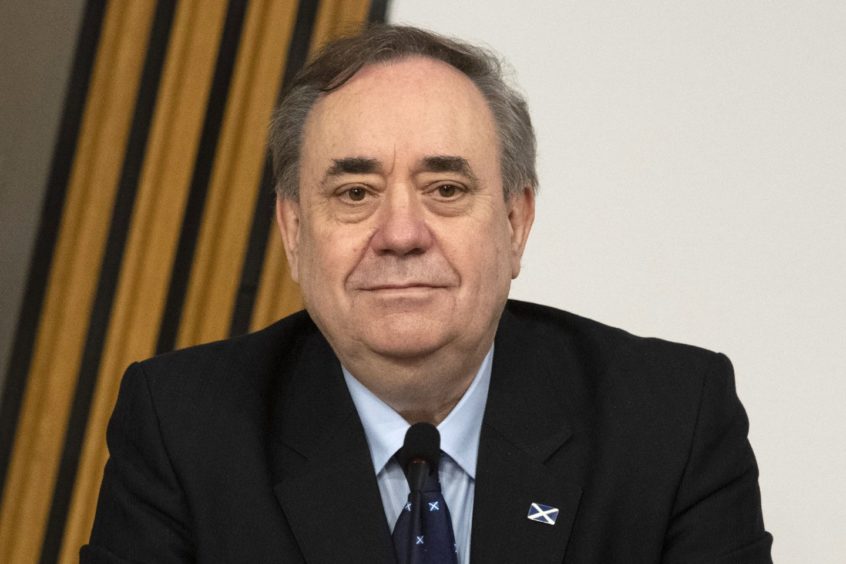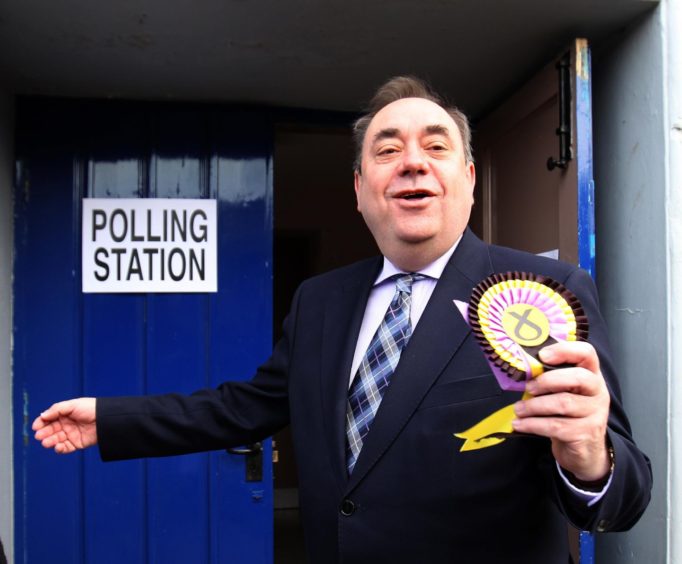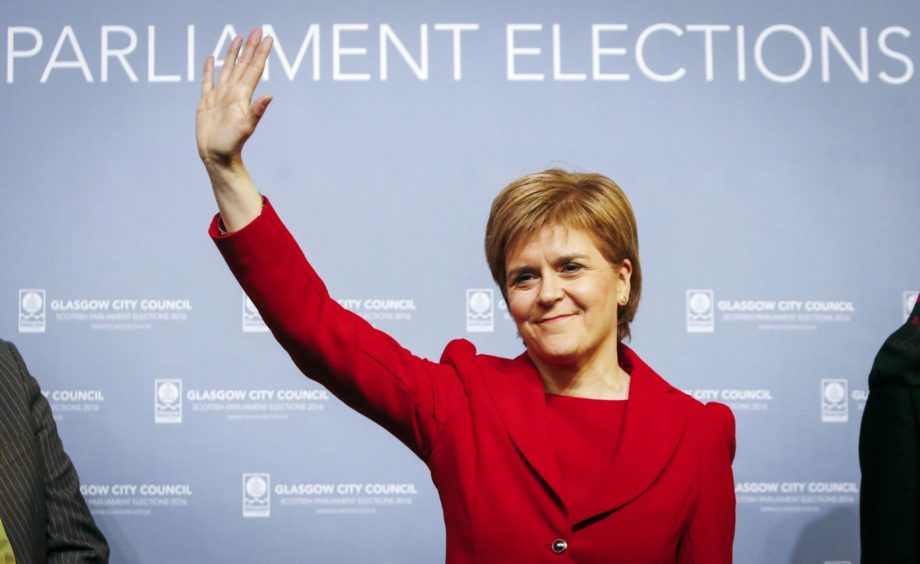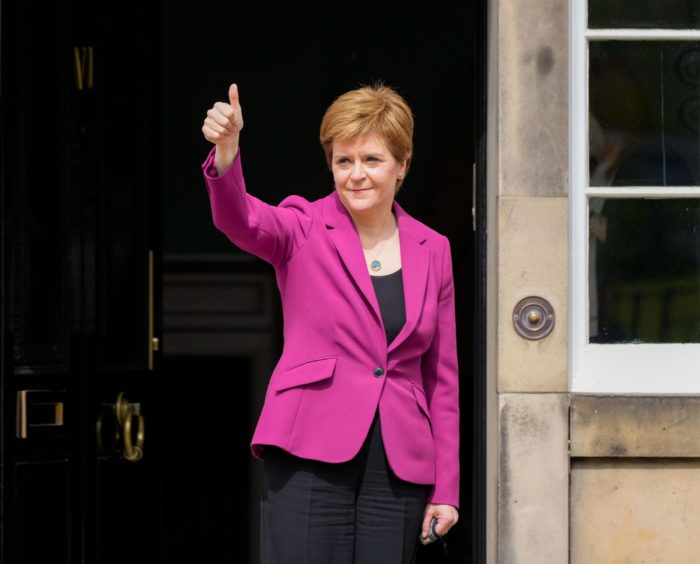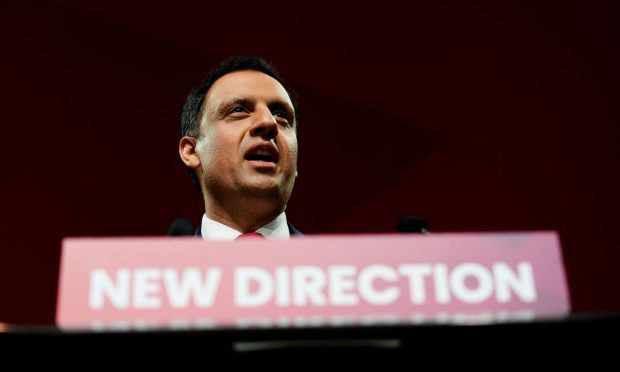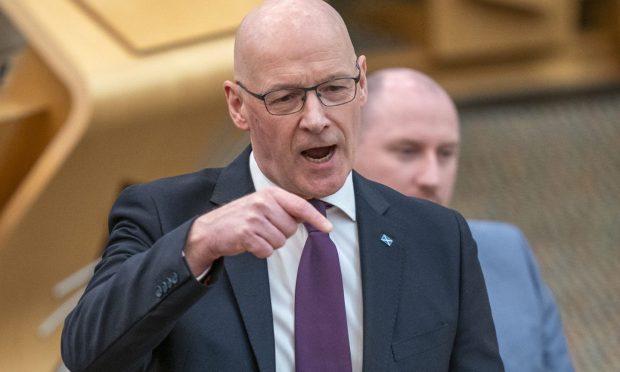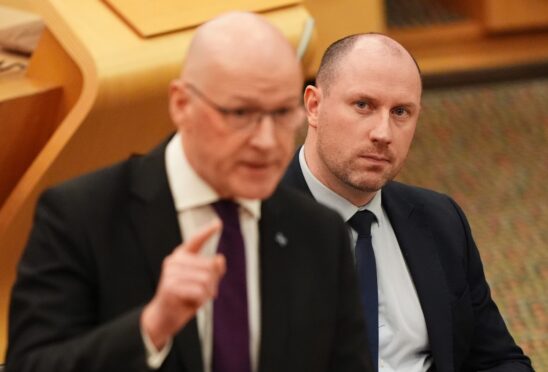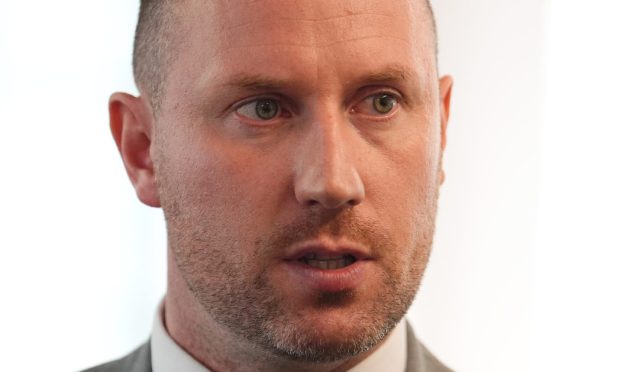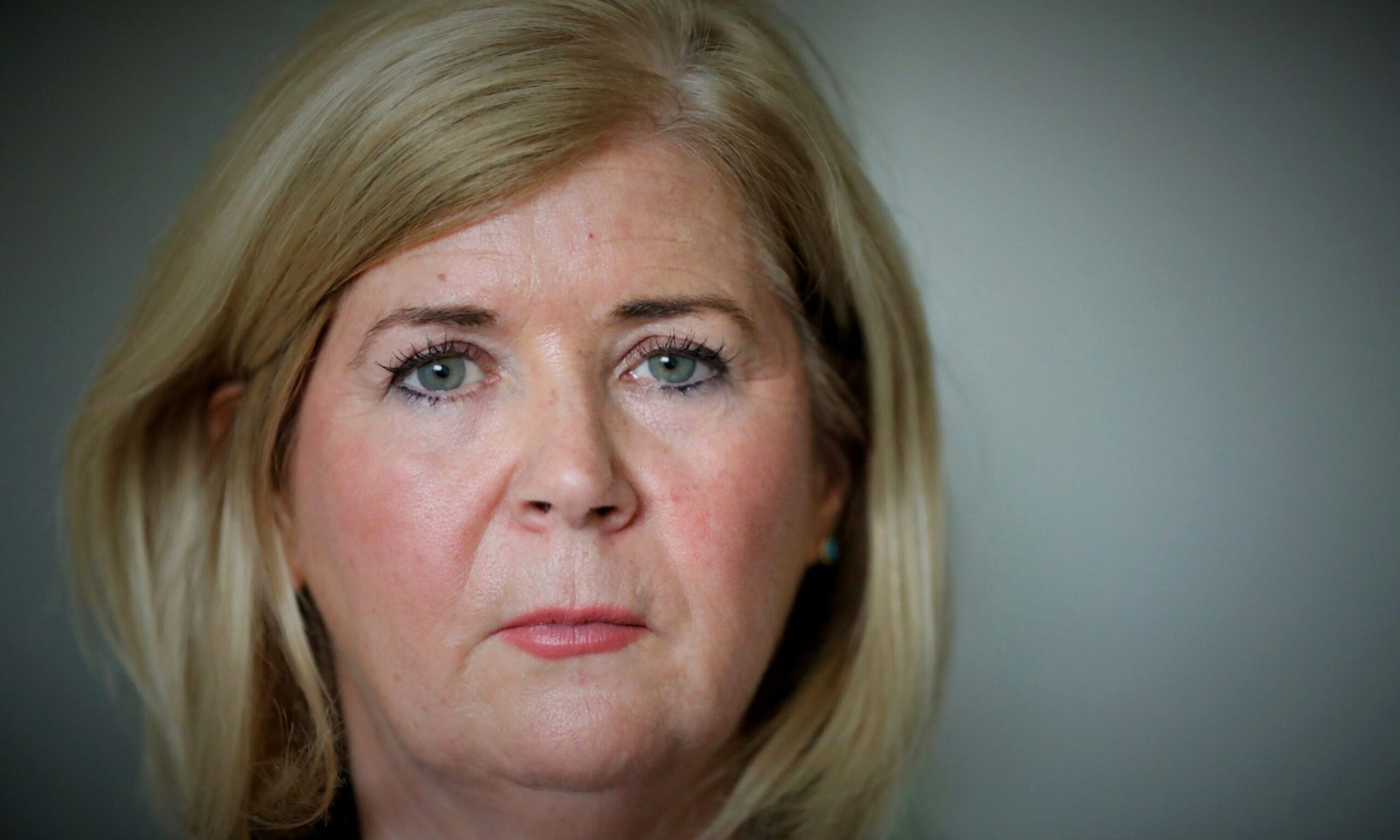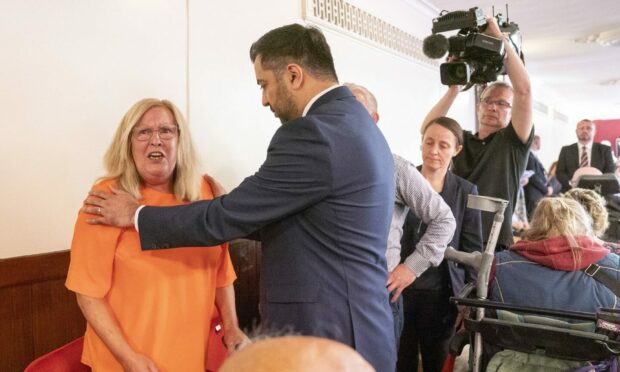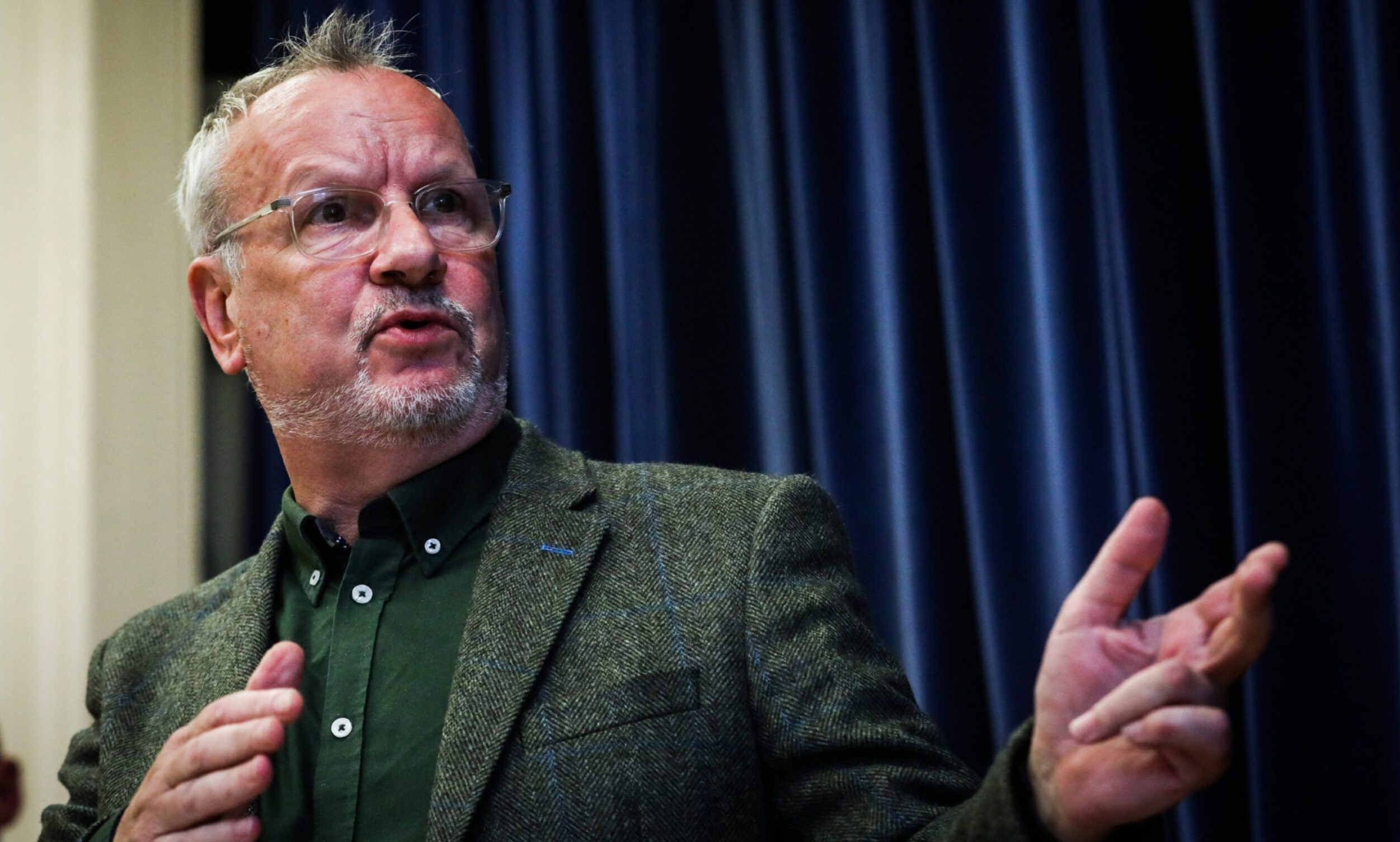Six Scottish parliamentary elections have now been held since the creation of the Scottish Parliament in 1999.
In the past two elections, the SNP has fallen just short of the 65 seats needed for a majority – after winning 69 in the 2011 election.
Prior to this, a coalition between Labour and the Liberal Democrats made up the government.
The system for Scottish elections is the Additional Member System (AMS), where voters are given two votes. The first vote is for constituency – where single MSPs are elected by first-past-the post. The second is for region seats, where seven MSPs are elected by closed list.
Due to Covid-19, the counts this year were held over two days, rather than overnight.
Following this, the results of the 2021 Scottish Parliamentary elections are now in.
This year saw a record turnout for elections, in spite of the pandemic, with SNP gaining the most seats – 64. Read the full breakdown of results on the election tracker and see how key results unfolded hour by hour.
Here is a look back at how things have changed over time in the relatively young parliament
There are 129 seats within the Scottish Parliament, made up of constituency seats and regional list seats.
The below chart shows the spread of seats won by each party over both votes in each year. To use the chart, click the years to see the difference in each parliament.
The below chart shows the change in seats over the years, as well as the change in hands and who has served as first minister of Scotland.
A party needs 65 seats to win a majority.
The below chart also shows how the seats have changed over time.
Read on to find out more about each parliament.
1999
Turnout: 58.2%
Government: Labour/Lib Dem Coalition
First Minister: Donald Dewar
Scottish Labour, under the leadership of ‘father of devolution’ Donald Dewar, won 56 seats – falling nine seats short of an overall majority. They joined forces with Jim Wallace’s Liberal Democrats, who had won 17 seats, to form a majority coalition government. The Lib Dems had also campaigned for devolution in the 1997 referendum.
The SNP, now nine years into Alex Salmond’s stewardship, was the second biggest party with 35 MSPs – the official opposition though still some way off domination. Scottish Conservatives, who had opposed the devolution of government, won 18 seats under David McLetchie’s leadership.
MSP for Falkirk West, Dennis Canavan, won the seat as an independent candidate. The Greens and Scottish Socialist Party each secured one seat with the help of the new proportional representation system. This was the first time a Green candidate – Robin Harper – became an elected parliamentarian in Britain.
Donald Dewar became first minister in the coalition government. He subsequently died of a brain haemorrhage while in office in October 2000 and was replaced by Henry McLeish. However, McLeish’s term was also short lived – he resigned a year later due to the Officegate scandal. Jack McConnel was sworn in as first minister in October 2001 and led Labour into the 2003 election.
2003
Turnout: 49.4%
Government: Labour/Lib Dem Coalition
First Minister: Jack McConnel
Labour won 50 seats (down six), retaining control of Holyrood by a narrow margin. They again were able to form a majority coalition with the Liberal Democrats – unchanged on 17 seats. Jim Wallace still led the Lib Dems, and Jack McConnel was to continue as first minister.
The election was a big success for independents and smaller parties. Tommy Sheridan’s Scottish Socialists won six seats, while the Greens increased their seats sevenfold. Scottish Senior Citizens Unity party leader John Swinburne won a list seat in Central Scotland. Independent candidate Dennis Canavan was re-elected for Falkirk West, and two other independents were elected: Margo MacDonald and Jean Turner.
The SNP, under the leadership of John Swinney from 2000, won only 27 seats (down eight) and Swinney faced calls to resign. Despite three gains from Labour, the SNP missed out on key targets including razor-close Dundee West. They lost other seats to independents, including former SNP deputy leader Margo MacDonald running as an independent on the Lothian list.
The Conservatives returned 18 MSPs, the same as the previous election. They took Edinburgh Pentlands from Labour, but lost one regional seat.
2007
Turnout: 51.7%
Government: SNP Minority Govt
First Minister: Alex Salmond
The SNP claimed a narrow victory with 47 seats to Labour’s 46. With Alex Salmond back as leader, and waning popularity of Labour at the UK level following the Iraq war and Tony Blair’s departure, the SNP had a newfound confidence.
Discussions to form a coalition with the Liberal Democrats, who won 16 seats under the leadership of Nicol Stephen, came to nothing. However, having won the popular vote, the SNP was able to claim a mandate to form a minority government. Alex Salmond became first minister, with Nicola Sturgeon as his deputy.
Labour, still under the leadership of Jack McConnell, had been confident of hanging on to power. However, they lost four seats overall – gaining five regional seats but losing nine constituencies (eight to the SNP and one to the Lib Dems).
The Scottish Conservatives won 17 seats (down one). Despite gaining Roxburgh and Berwickshire from the Liberal Democrats, they lost two regional seats.
The closeness of the battle between Labour and the SNP edged out most of the smaller parties and independents in this election. Only independent Margo MacDonald for Lothian and two Green MSPs remained.
2011
Turnout: 50.4%
Government: SNP majority
First Minister: Alex Salmond
The SNP won a landslide victory with 69 seats including 53 of the total 73 constituency seats, forming the first majority government in Holyrood’s history. Alex Salmond continued as First Minister, with Sturgeon remaining as his deputy.
Labour, led by Ian Gray from 2008, experienced its worst election defeat since 1932. It won only 37 seats overall, many of which were from the list votes. They lost 22 constituencies to the SNP. The Liberal Democrats also suffered losses, securing only five seats (down 11), and forfeited 50% of their popular vote share from 2007.
The Conservatives under Annabel Goldie lost two MSPs, winning 15 seats. The Green Party, led by Patrick Harvie and Eleanor Scott, won two seats and Margo MacDonald retained her seat.
With the scale of this election victory, the SNP could advance its main manifesto pledge and secure a referendum on Scottish Independence in 2014.
2016
Turnout: 55.6%
Government: SNP Minority Govt
First Minister: Nicola Sturgeon
With Nicola Sturgeon now at the helm, the SNP secured another strong victory – winning 63 seats and a third term in government – but fell two seats short of an overall majority. This was despite gaining six constituencies, due to regional list seat losses. Sturgeon became First Minister, forming a minority government.
This was the first Scottish Parliamentary election in which 16 and 17 year olds were allowed to vote. It was also the first time that the three major parties were led by women: Sturgeon of the SNP, Ruth Davidson of the Conservatives and Kezia Dugdale of Labour.
Although the 2014 IndyRef had resulted in defeat for the Yes campaign, it remained at the forefront of voters’ minds.
Labour were annihilated, winning only 24 seats. For the first time in 98 years, they finished in third place in a Scottish election and were overtaken by the Conservatives. The Conservatives won 31 seats (up sixteen) and the Greens won six seats (up four). No other smaller parties or independents won seats.
2021
Turnout: 63.8%
Government: SNP – to be confirmed
First Minister: Nicola Surgeon
The results are in for the 2021 election and the SNP has won 64 seats – one more seat than in the 2016 election and just one seat short of an overall majority. The SNP will now form a government after its historic fourth consecutive win.
Nicola Sturgeon enters her second term at the helm of government. This latest victory means that the SNP will now spend at least 19 years in power.
The Conservatives, led by Douglas Ross, remain the second largest party with 31 seats – the same number as in 2016. The party lost the Ayr and Edinburgh Central constituencies to the SNP, but picked up two regional list seats.
Anas Sarwar took on leadership of Labour just 10 weeks before the election. Labour won 22 seats, down from 24 in 2016. The party lost the East Lothian constituency to the SNP.
The Greens gained a seat, winning eight seats on the regional list vote. This will be the highest number of MSPs the party has ever had in the Scottish Parliament. Patrick Harvie remains co-leader, and is now sharing the role with Lorna Slater. None of the other smaller parties or independents gained seats, and Alex Salmond’s Alba party was unsuccessful in their Holyrood bid.
There was a record turnout for the 2021 Scottish Parliamentary election despite the pandemic, with 63.8% of eligible voters casting their ballots.
The sixth Scottish Parliament will also be the most diverse in its history. We have a breakdown of the new parliament, with details on the 129 representatives.
